When you think of Berlin, what comes to mind? You might think of symbols of its turbulent history — haunting memories of the Holocaust or the once-divisive Berlin Wall.
Editor’s note: This article is part of our series on travel guides to your favorite destinations. Check out our Budapest, Vienna, Kraków, Toronto, Milan, Rome and New York City guides, and look out for guides to other cities coming soon.
Yet, the narrative is shifting. Today, Berlin has the fastest-growing Jewish population in the world, with more Jews living there today than at any time since the Holocaust. Israelis are also increasingly drawn to the city, contributing to a dynamic and diverse Jewish scene. Berlin has become not only a very modern city, but a city bustling with Jewish life.
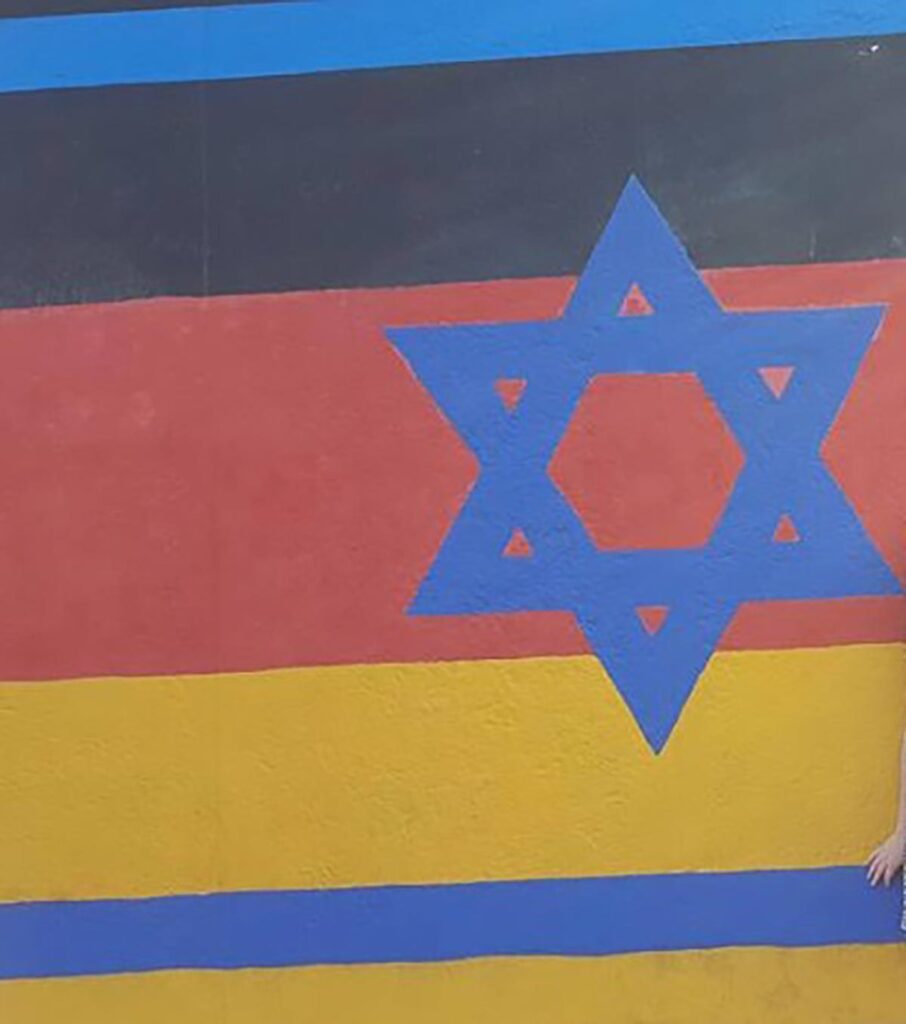
In fact, everywhere you turn in Berlin, there is something Jewish to see, whether from the past or present. Whether you have a week or just a few hours to explore the city, here’s what to see, where to go, and (because no good Jewish trip would be complete without it) where to nosh.
Where to go
New Synagogue Berlin
The New Synagogue Berlin was once the largest Jewish house of worship in Germany. Constructed in the mid-1800s with capacity for more than 3,000 people, it was largely destroyed during World War II, then partially restored in 1988.
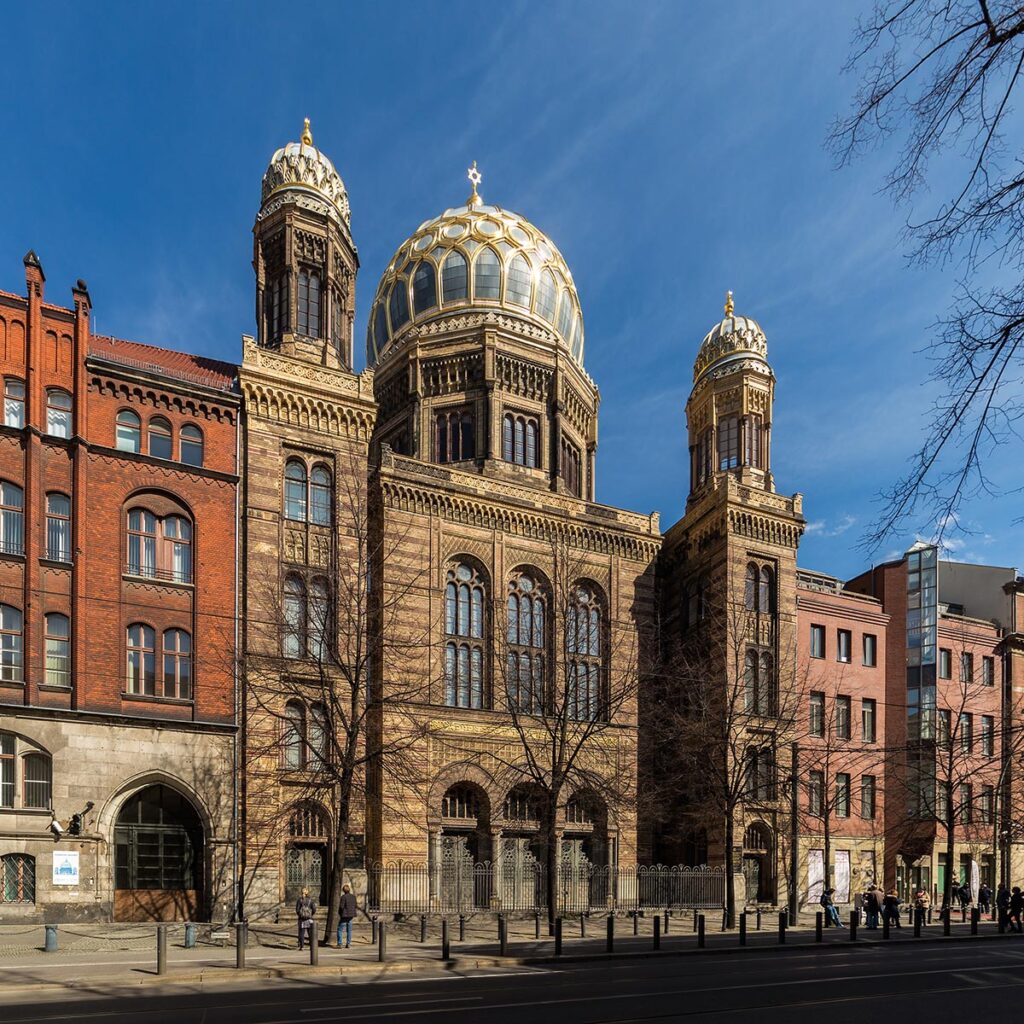
More than just a place of worship, the synagogue complex is a vibrant hub for Berlin’s Jewish community, hosting various events, courses, and seminars. On the third floor, you can join the Oranienburger Straße synagogue prayer community, an egalitarian congregation.
After touring the synagogue, be sure to visit the museum on the lower levels of the building, Centrum Judaicum, which highlights the rich history of the synagogue and the Berlin Jewish community.
Jewish Museum Berlin
The Jewish Museum Berlin is the largest Jewish museum in Europe, and one of the most visited museums in Germany. Here, you can dive into the Jewish past and present of Germany.
The main exhibit is divided into five chapters of German Jewish history: the beginnings of Jewish life in Ashkenaz, the emancipation movement, the Enlightenment, the Holocaust, and the present.
At the end of the exhibit, you’ll hear personal stories of modern German Jews of diverse backgrounds, offering their unique perspectives on their identities in today’s world.
The museum also has an interactive world map where you can listen to samples of Jewish languages developed in the Diaspora, and different styles of Jewish music, from a shofar blast to klezmer to Israeli pop music.
While the exhibits focus on German Jewish history, the building’s architecture, designed by Daniel Libeskind, may be the most unique and fascinating part of the museum — worth touring the building for this alone.
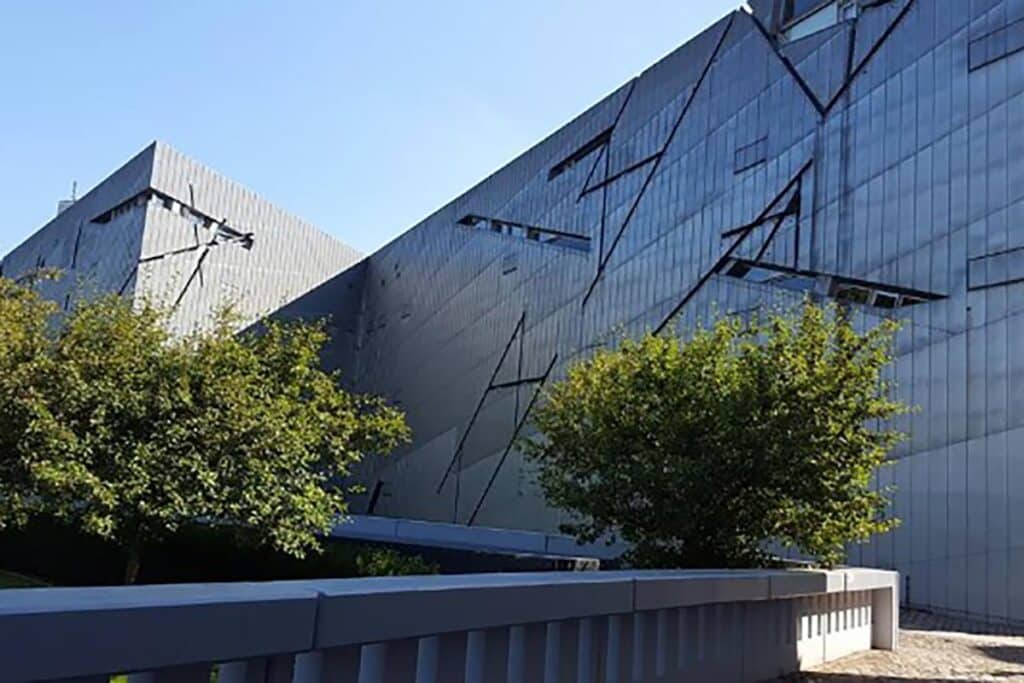
For some people, the zig-zagged design brings to mind a broken Star of David or a bolt of lightning. Some people are left feeling insecure or disoriented. How will you interpret it when you visit?
Memorial to the Murdered Jews of Europe (Holocaust Memorial)
Another significant landmark in the city is the Memorial to the Murdered Jews of Europe, also known as the Holocaust Memorial.
Covering a city block near the Brandenburg Gate, the memorial features a field of 2,711 concrete slabs arranged in a grid pattern on a sloping field. The slabs vary in height and are designed to produce an uneasy and confusing atmosphere, reflecting the enormity and scale of the Holocaust. It’s a place of contemplation, remembrance and warning, and one that you simply cannot miss when exploring Jewish Berlin.
A walk through historical Jewish Berlin
For an overview of the Jewish landscape of the city, you can take a self-guided stroll or a guided walking tour in the Hackescher Markt neighborhood of Berlin. It’s a great way to learn about the many key figures in Jewish history who lived in the city.
First, you’ll walk by a dedicatory wall plaque to Rabbi Abraham Geiger. Known as the founder of Reform Judaism, Geiger developed the movement’s philosophy in 19th-century Germany and spent the last years of his life in Berlin, where he taught at the Reform rabbinical college.
Next, visit a memorial honoring Moses Mendelssohn, the German-Jewish philosopher who played a key role in the Haskalah (Jewish Enlightenment). Mendelssohn moved to Berlin as a teenager in 1743, where he wrote works advocating for the modernization of European Jews.
He is buried in the oldest Jewish cemetery in Berlin, which was destroyed during the Holocaust and reestablished in 2008.
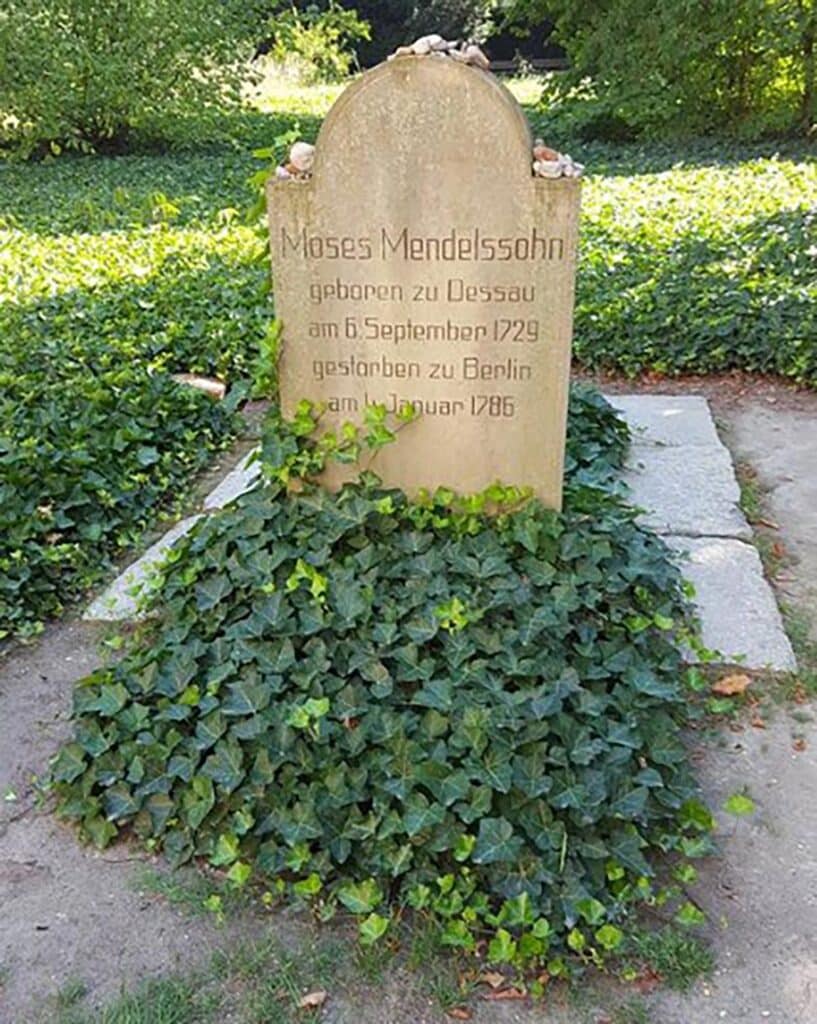
Down the street from the cemetery, you’ll peer through the gates of Jüdisches Gymnasium Moses Mendelssohn, which is a thriving Jewish high school in Berlin today. Not too far off from the high school, you’ll then reach the site of Berlin’s first synagogue, originally known as the Heidereutergasse Synagogue.
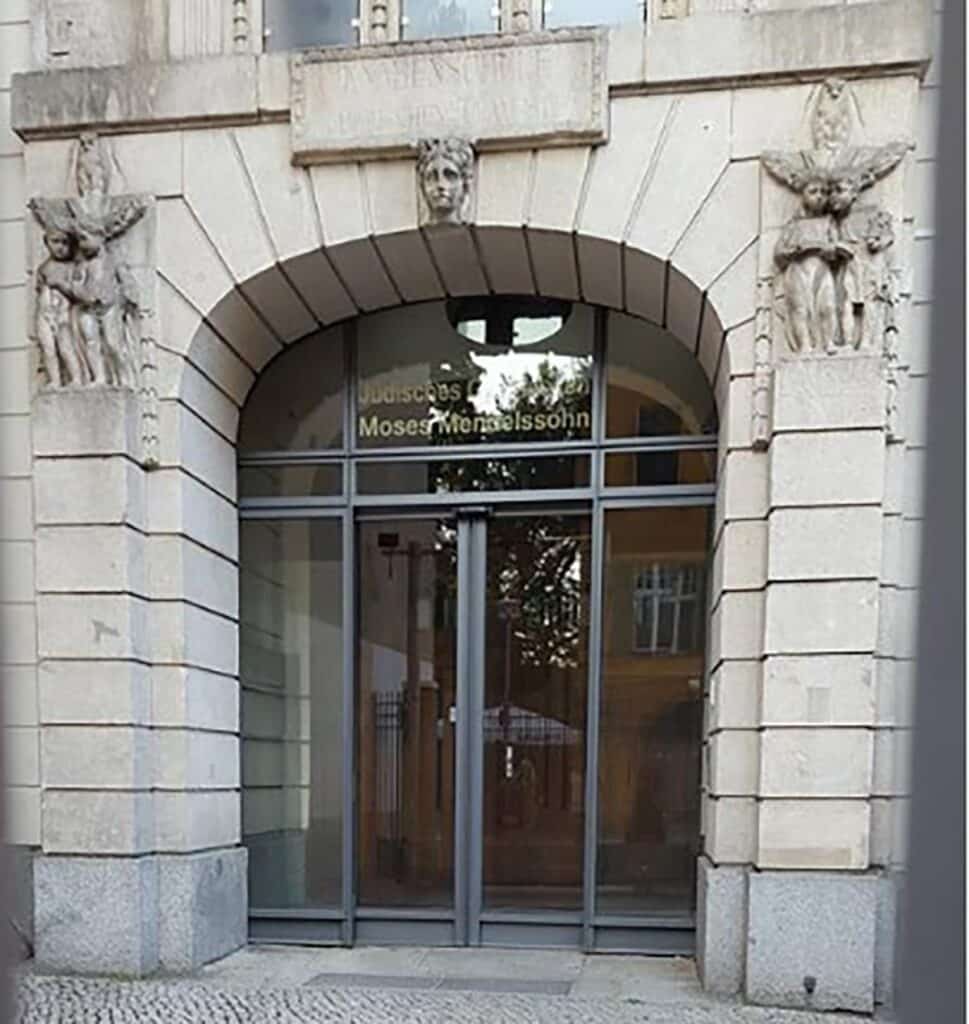
After the start of World War II, this synagogue was the only one where religious services were permitted and held, until 1943. Interestingly, the synagogue did survive the war, but was demolished during the period of Communist rule. Today, the site is not much more than a paved plot of land, with an informational sign about the synagogue’s history.
Last but not least, stop outside Rabbi Regina Jonas’ former home. In 1935, Jonas, who was born in Berlin, became the first woman to be ordained as a rabbi. For most of her life, she had yearned to make this dream a reality. In her 1930 thesis, she argued that there was no law forbidding women from becoming rabbis. Tragically, she was murdered in the Holocaust.
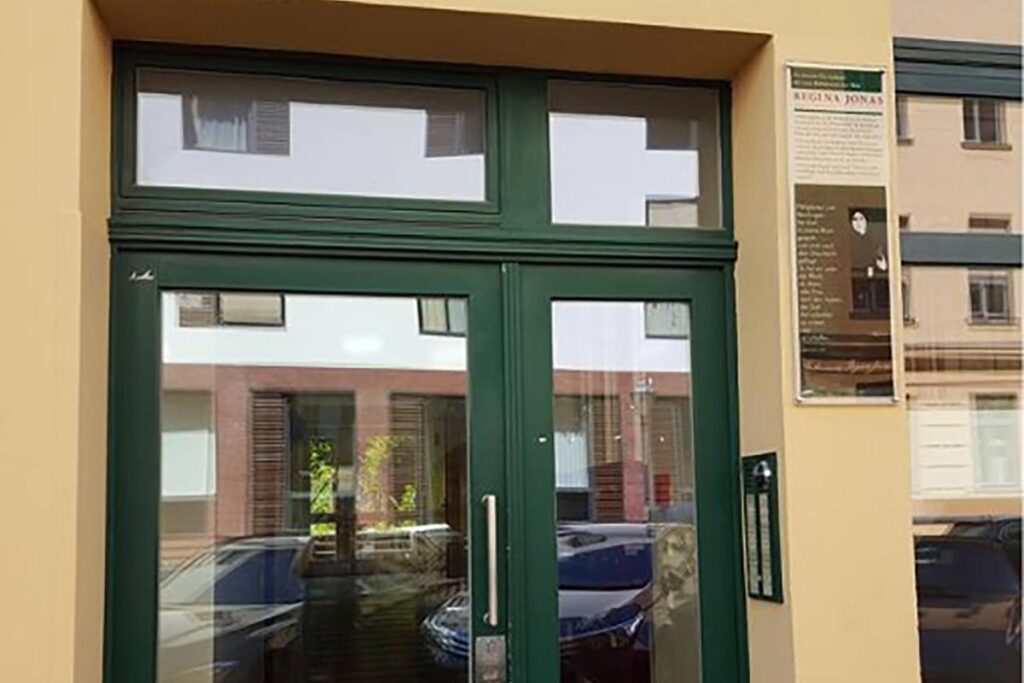
Throughout the entire walk, keep an eye on the cobblestones under your feet. You’ll spot “Stolpersteine” or “stumbling stones” — brass plates commemorating individuals who perished in the Holocaust.
The location of these small memorials, an initiative of German artist Gunter Demnig, mark the last freely-chosen residences of those who were killed, serving as poignant reminders of lives abruptly and unjustly interrupted.
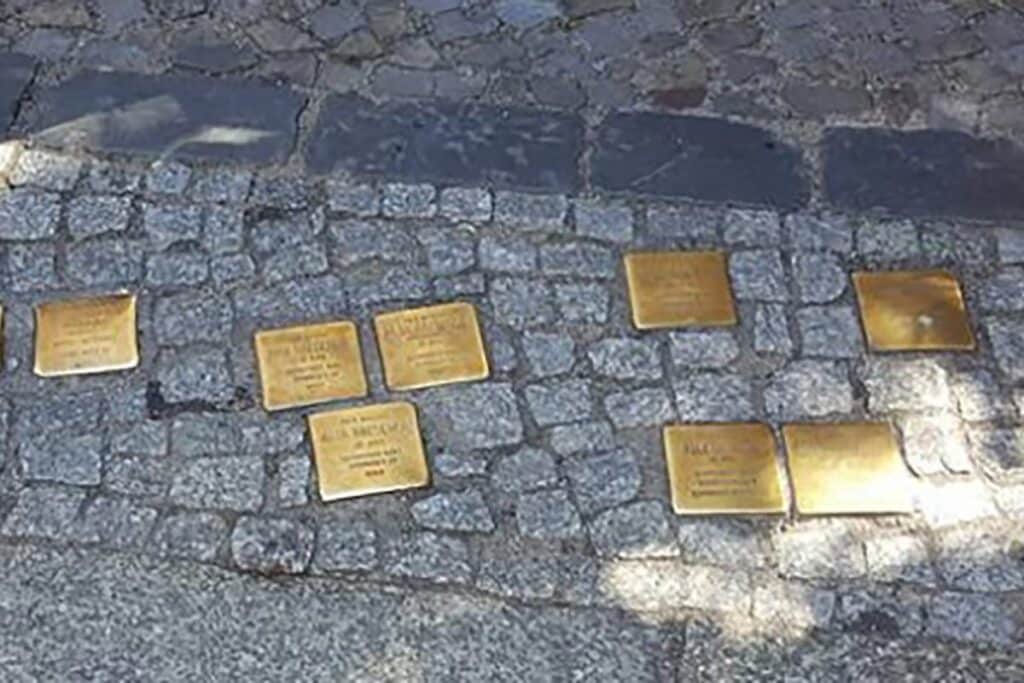
Otto Weidt’s Workshop for the Blind Museum
As part of your journey through historical Jewish Berlin, make a stop at Otto Weidt’s Workshop for the Blind Museum. This lesser-known museum tells the fascinating story of Otto Weidt, a German who risked his life during the Holocaust to save his Jewish employees.
Weidt’s workshop manufactured brooms and brushes employing blind and deaf Jews, who he protected from deportation and death. The museum is located at the original workshop in the Hackescher Markt area and offers a window into a unique tale of resistance and humanity during the city’s darkest times.
Where to eat
As the resurgence of Jewish life breathes new energy into Berlin, a diverse array of Jewish, kosher, and Israeli food options have taken root in the city.
Beth Café is your go-to for classic Jewish and Israeli specialities like falafel, bagels, and matzo ball soup. Hummus & Friends is the best spot for hummus and vegetarian Israeli food in the city — be sure to try their whole cauliflower in the oven with tahini.
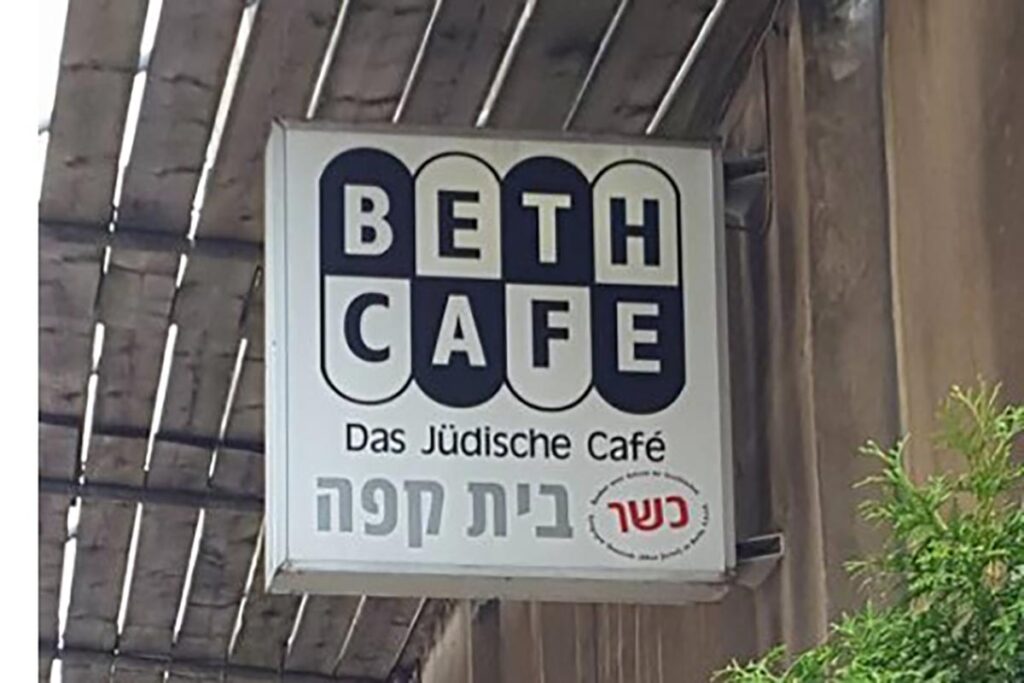
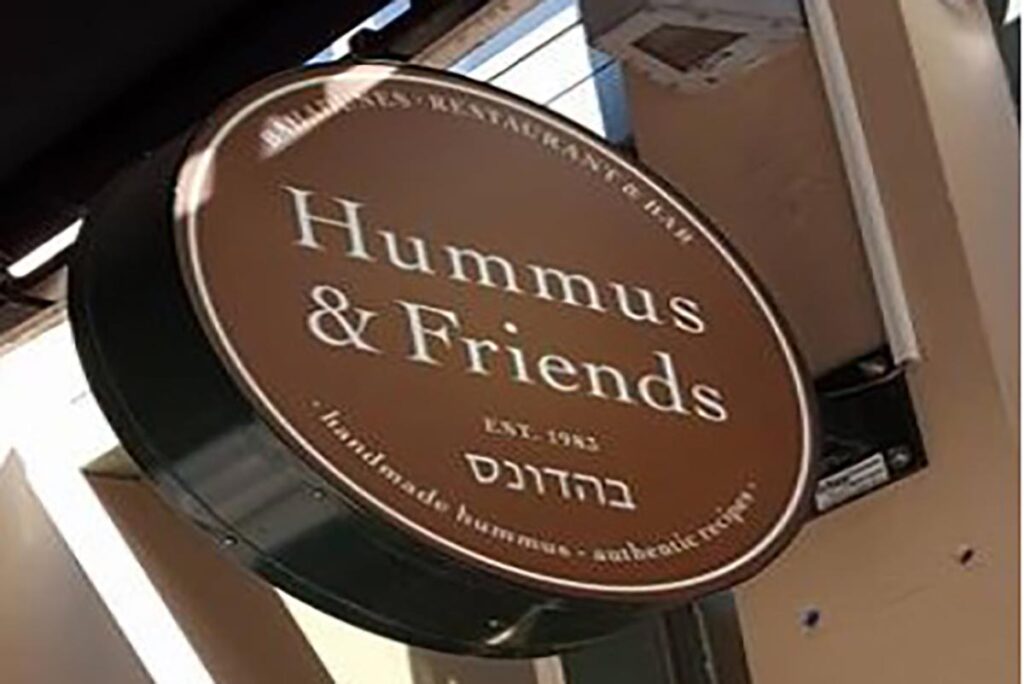
Take a look at the best kosher restaurants and grocery stores in Berlin here. If you’re visiting during the month of July, be sure to check out the kosher street food festival.
How to spend Shabbat
As a bustling city, Berlin offers many ways to celebrate Shabbat. Regardless of when you’re visiting, there is always somewhere to go or a local community member to connect with.
You can attend Shabbat services at one of these 10 synagogues in Berlin.
The Eruv Hub, a Jewish co-working space in Berlin, aims to create a Jewish center of learning and community in the city. While not the typical tourist attraction, a stop here is a chance to speak with locals and learn more about Berlin Jewish life. Participating organizations range from Hillel Germany and synagogues to Limmud Germany and a Jewish magazine. You can also attend Shabbat meals and activities at the Eruv Hub which brings the community together.
If you’re a student or young professional, you can contact Moishe Pod Berlin to attend one of their delicious Shabbat meals. Or, find Shabbat meals, services, retreats, and Shabbat-friendly accommodations through Morasha Berlin.
A number of Chabad Houses throughout the city also host Shabbat meals.
What is your favorite spot in Jewish Berlin? Let us know on Instagram, Twitter, and TikTok!


